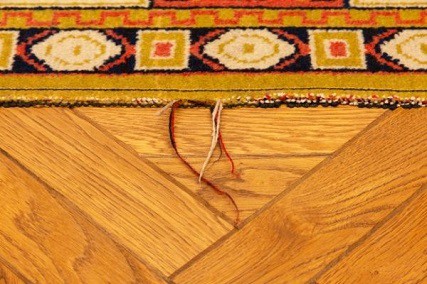Most household items can substantially prolong their life with simple maintenance.
This is the case with rugs and carpets.
Read on to learn how to stop carpet from unraveling.
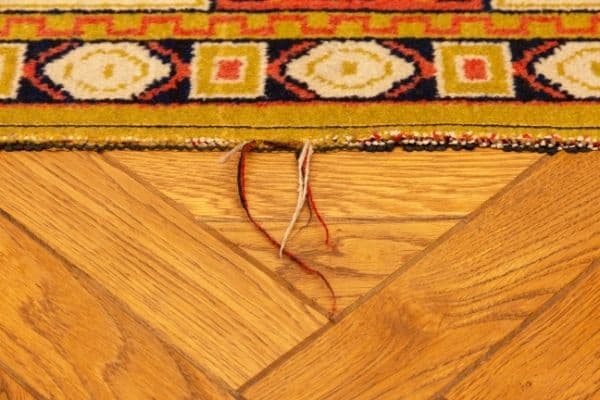
Due to continuous wear and tear from the pulling of a pet or simply due to the passage of time, the carpets can begin to unravel creating a problem that can cause you to have to get rid of it.
With these simple steps that we explain below and a couple of tips, you can extend the life of your carpet and continue to be a decorative element for the house.
How to Stop Carpet from Unraveling
- Clean and dry the carpet to remove any moisture and dirt that may have accumulated. Next, find a wide area where you can fully stretch the carpet and there are no furniture or objects that could bother you.
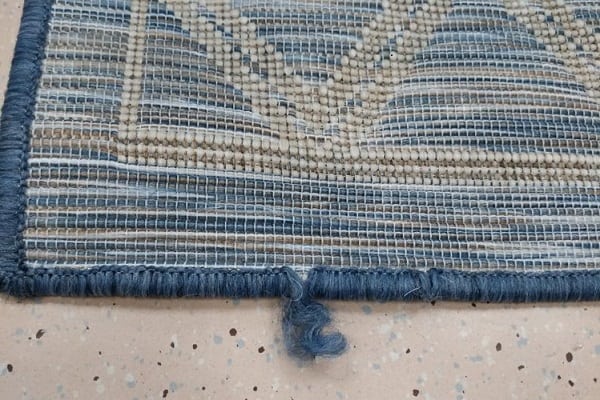
- Once the carpet is dry, locate the longest threads. Cut them and in no case pull them since you could untangle the entire carpet and then there would be no solution. Help yourself with a pair of scissors, cut them leaving a sufficient remainder to recover the shape it had previously.
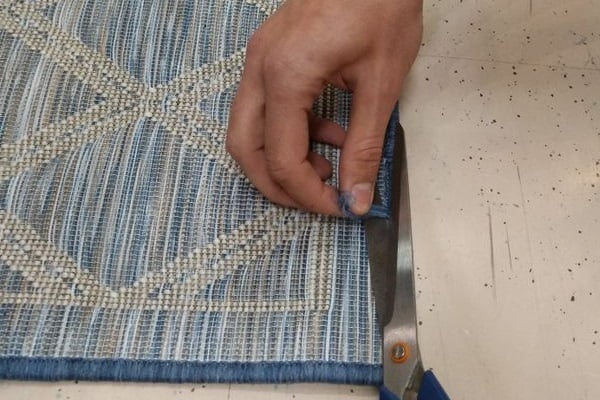
- Cut the shorter threads. For those small remaining threads or ends you can fix them to the carpet with a hot glue gun, also called hot-melt adhesive. But before using this adhesive, you must protect the work area with painter’s tape and protective paper to prevent any remaining hot glue from staining the carpet.
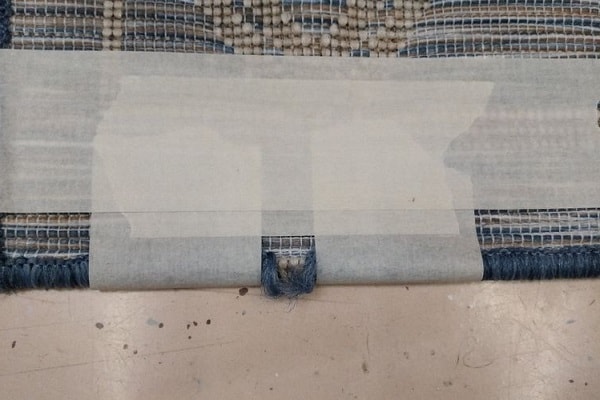
- Apply the hot glue. It is quite simple, you just have to put a little adhesive on the fiber or thread and leave it pressed until it dries.
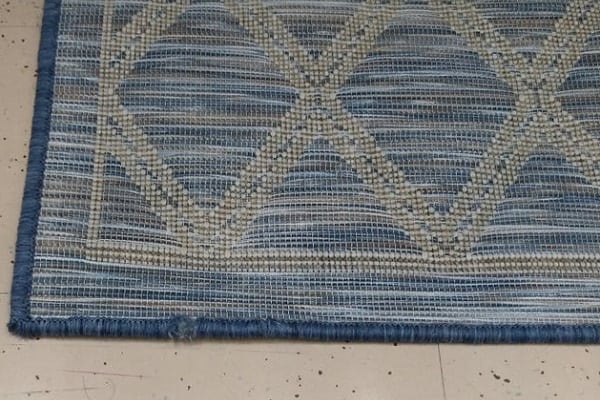
With a good preparation of the work area and a little patience, you will be able to recover the carpet for a few more years.
How to Cut Carpet Without Fraying
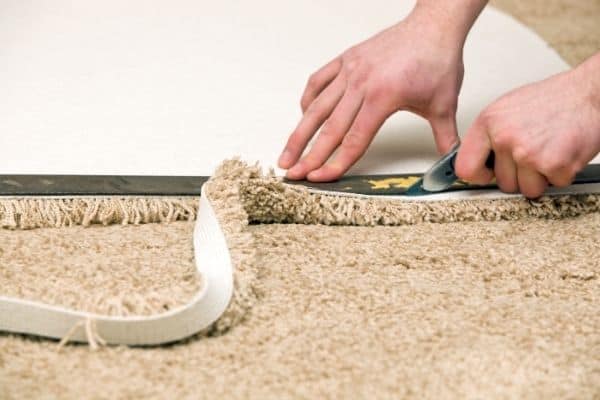
You can easily cut a carpet, depending on the variety, using a utility knife or a carpet knife. Sweep or vacuum it before cutting to prevent dust or dirt from blowing away while you work. Make as few cuts as possible to avoid jagged edges, which will cause it to fray more quickly.
- Have someone hold the carpet firmly, straight and flat as you cut, so that the edge is as straight as possible.
- Cut the carpet with a very sharp utility knife or a special carpet knife to reduce fraying as much as possible. In the case of Berber carpets, for example, it is better to use a cushioned carpet cutter, rather than with a razor.
- Flip the carpet over, if possible, or lift the edge so the bottom side is facing up.
- Use a paint stirrer, putty knife, or popsicle stick to apply a coat of carpet glue along the edge.
- Let the glue dry completely before putting it back on the floor.

